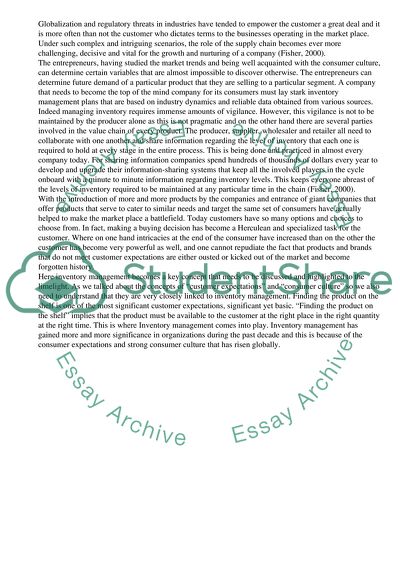Cite this document
(Two-Level Supply Chain as an Integral Component of Any Business Term Paper, n.d.)
Two-Level Supply Chain as an Integral Component of Any Business Term Paper. Retrieved from https://studentshare.org/management/1436015-the-value-of-information-sharing-in-supply-chain
Two-Level Supply Chain as an Integral Component of Any Business Term Paper. Retrieved from https://studentshare.org/management/1436015-the-value-of-information-sharing-in-supply-chain
(Two-Level Supply Chain As an Integral Component of Any Business Term Paper)
Two-Level Supply Chain As an Integral Component of Any Business Term Paper. https://studentshare.org/management/1436015-the-value-of-information-sharing-in-supply-chain.
Two-Level Supply Chain As an Integral Component of Any Business Term Paper. https://studentshare.org/management/1436015-the-value-of-information-sharing-in-supply-chain.
“Two-Level Supply Chain As an Integral Component of Any Business Term Paper”, n.d. https://studentshare.org/management/1436015-the-value-of-information-sharing-in-supply-chain.


